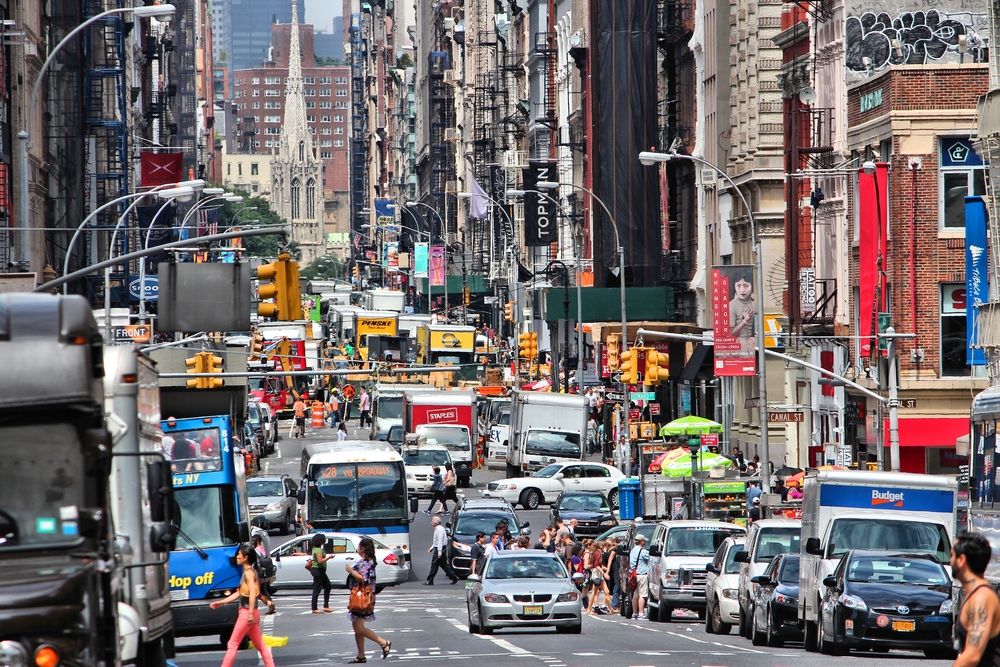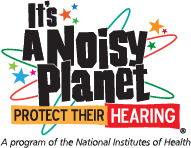According to scientists leading an innovative project, Sounds of New York City (SONYC), New Yorkers complain about noise more than any other issue—at least when it comes to calling the city’s 311 hotline for non-emergency grievances. The five-year SONYC research project, launched in late 2016, will use large-scale noise monitoring to provide technology and data to help the city understand and control noise more effectively. Researchers will create maps of sounds through sophisticated technology, big data analysis, and citizen reporting. Ultimately, the project could contribute to creating a quieter city in New York and in other urban areas, thereby reducing the risk of noise-induced hearing loss.

SONYC is funded by grants from New York University’s (NYU) Center for Urban Sound and Progress, Ohio State University’s School of Engineering, and the National Science Foundation (NSF). During the first phase, which is expected to take one year, approximately 100 sensors will be installed on public buildings around Manhattan and Brooklyn. The sensors will record snippets of audio, about 10 seconds each, during random intervals. Different types of street noise, such as jackhammers, sirens, music, yelling, and barking, and seasonal sounds such as air conditioners, leaf blowers, and snowplows, will be recorded.
To understand noises in urban outdoor environments, scientists must train the sensors to recognize and differentiate between different types of sound. Researchers will then annotate the sounds to build a database of recordings and create a computer algorithm. The different sounds will be labeled and categorized using a machine-listening engine called UrbanEars. During the next phase of the project, sensors will transmit data about the time and day of sounds and provide an estimate of the sound level.
Whether you live in a city or a less urban environment, consider the following tips for protecting your hearing when you’re around loud sounds:
- Move away from the noise.
- Lower the volume.
- Wear hearing protectors.
For more information about the project, see:
- Sounds of New York City Project
- NYU Launches Research Initiative to Combat NYC Noise Pollution
- To Create a Quieter City, They’re Recording the Sounds of New York
- National Transportation Noise Map: Find out how noisy your neighborhood is with this interactive map of aviation and road noise.
Last Updated Date



